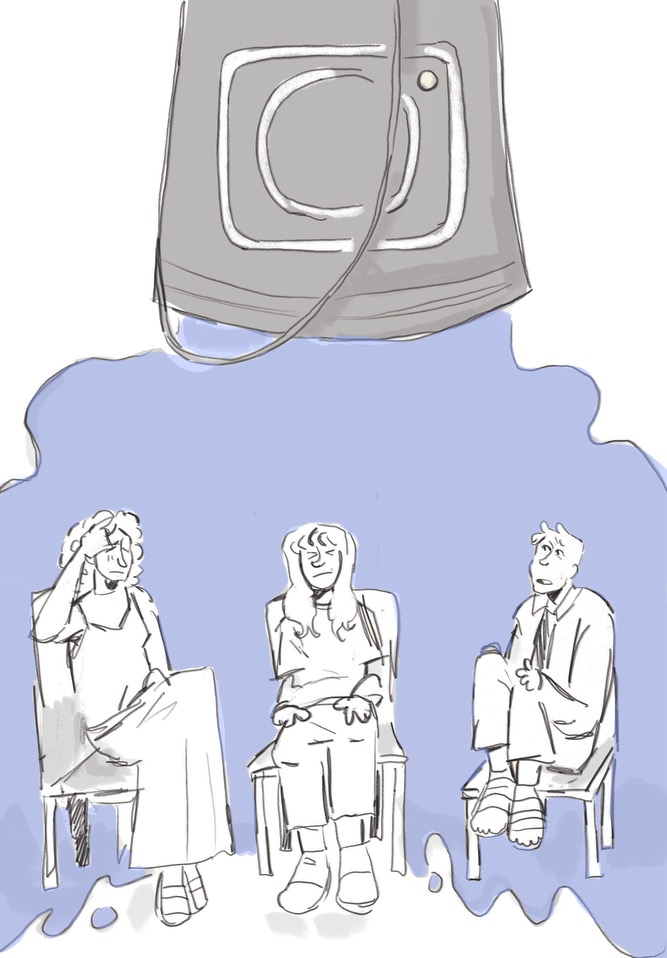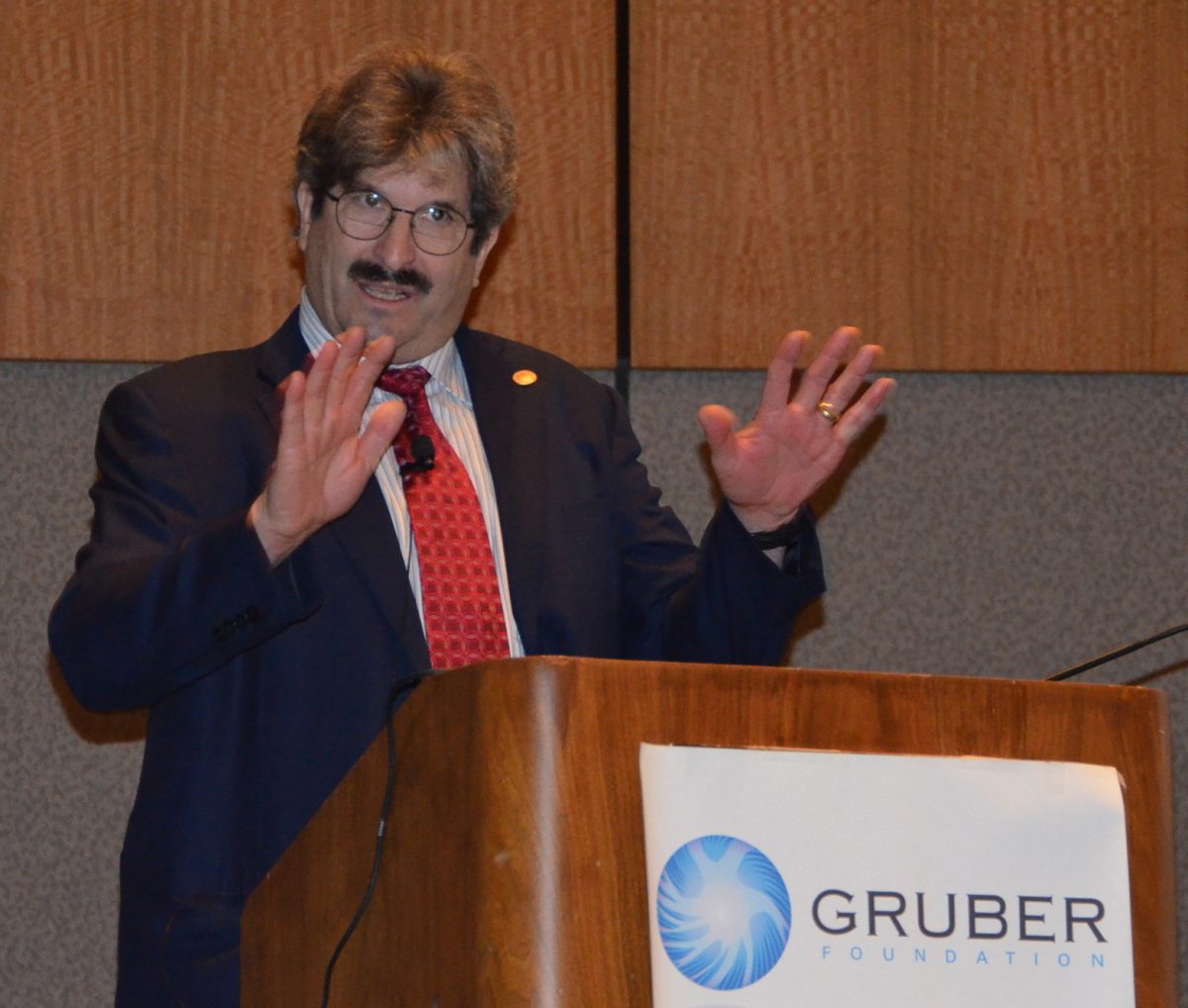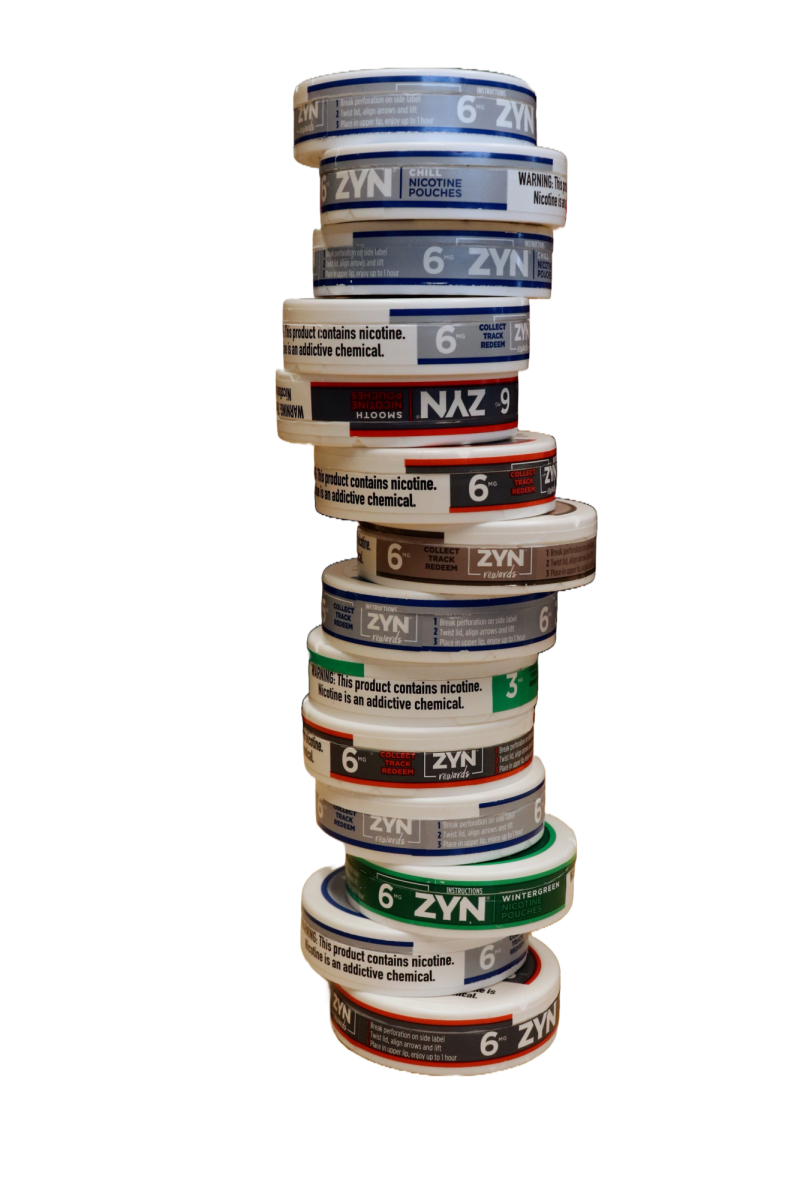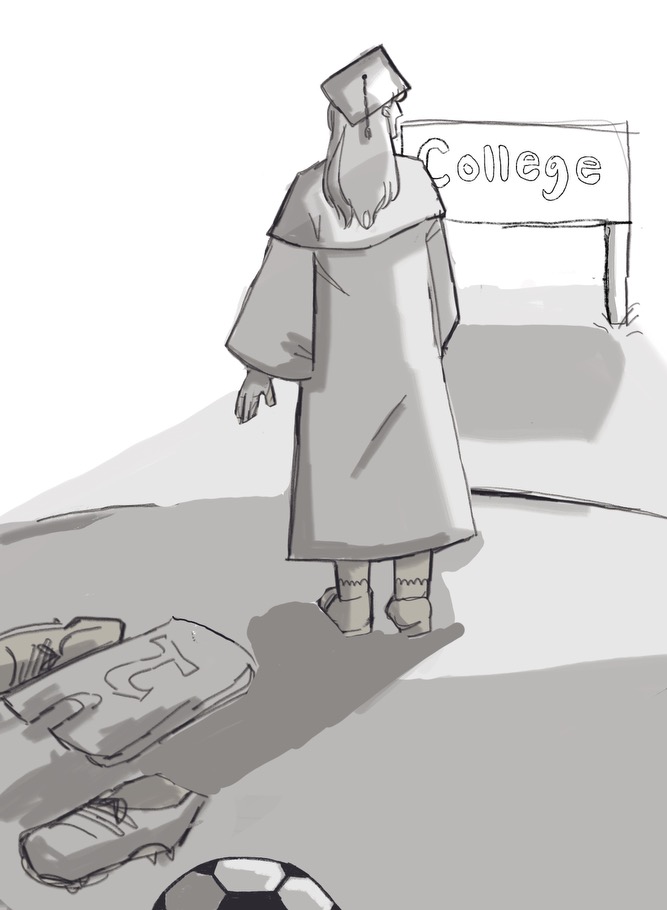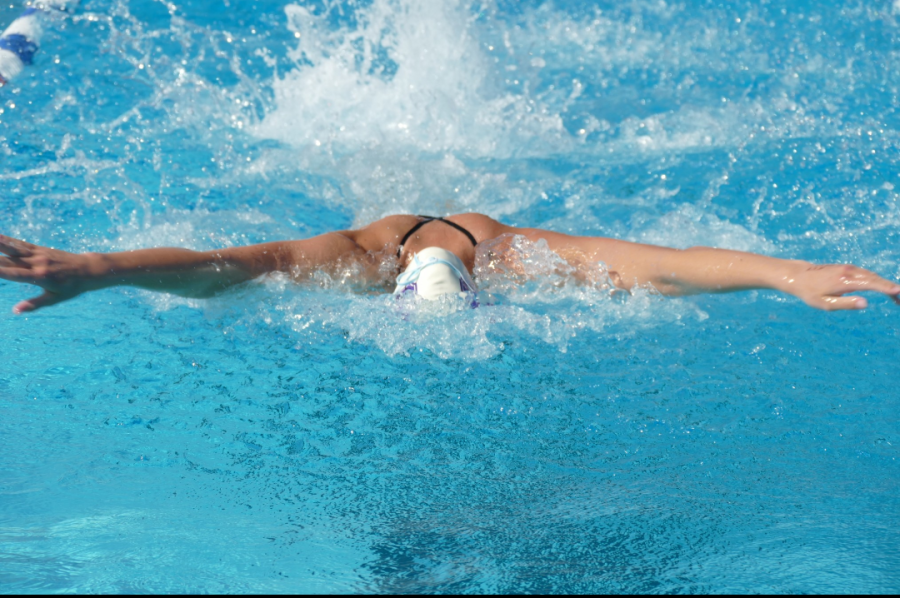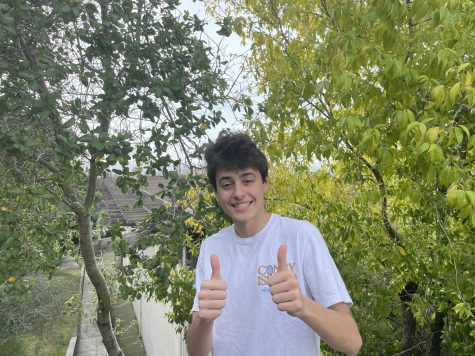Swimmer Taylor Rolefson Fights for Success
Dec 8, 2022
It’s still dark outside when junior Taylor Rolefson plunges into a cold pool. She is swimming laps before most people’s alarm clocks start ringing.
Rolefson has been a swimmer for the Hurricanes of the Hills Swim and Tennis Club for eleven years. She has become a dominant force in the water, ranking 142 in California for her age and gender according to Swimcloud.com.
“I went through a lot of sports, but swimming caught my attention, and I started doing it more, but little did I know that it would be the best sport that I could possibly do, just because of the way it works my lungs and keeps them clear,” Rolefson said.
Rolefson faces a uniquely large obstacle which challenges her in and outside of the pool, a disease called Cystic Fibrosis (CF).
According to Dr. Mary Ellen Kleinhenz, a pulmonologist for the UCSF Cystic Fibrosis Center, CF is a genetic disease that affects the production of a very important protein called the Cystic Fibrosis Transmembrane Regulator or CFTR for short. The CFTR is crucial for balancing chemicals in the body and if not properly working, thick mucus in and around the lungs and other organs can build up.
Kleinhenz said, “Cystic fibrosis has a really big impact on the respiratory system, the nose, the lungs, the GI tract, and other important parts of the body.”
CF patients can treat the disease with medication, dietary restrictions, physical therapy, and fitness. Exercising consistently can aid ventilatory function and contribute to mucus clearance, suppressing symptoms, according to CFF.org.
Rolefson said, “It’s [swimming] like a medicine.”
Rolefson has been published in the SF Gate and even recognized on the official Cystic Fibrosis Website. Her daily life consists of many therapies and medications which contribute to her robust health.
“Currently, I am one of the healthiest CF patients, and I am used as an example to other younger families who have Cystic Fibrosis to start swimming,” she said.
One way the health of a CF patient can be determined is through a FEV1 test, an assessment that quantifies the force expired in one second from a person’s lungs. Remarkably, Rolefson’s FEV1 is 100%, the highest possible value.
Kleinhenz said, “Once the FEV1 is less than 40% you start to run into problems that aren’t just lung disease issues, because you don’t have adequate breathing capacity to support your activities.”
Throughout the high and low points of Rolefson’s health, her twin brother, Tom Rolefson, has always been there in support.
“We’re always with each other. He’s seen me at my worst and also my best,” Rolefson said.
Tom Rolefson has been swimming alongside Taylor since she started.
“We started swimming when we were two and the swim team when we were six. At 14 years old Taylor became a dominant swimmer,” he said.
Rolefson quickly found her niche within the sport, short distance sprints. CF’s affect on her lungs has made long distance swimming much more challenging.
Tom Rolefson said, “Since her lungs aren’t as strong as everyone else, her lung capacity is lower, so she doesn’t have the same endurance.”
In a recent meet in July, Rolefson swam one of her fastest times in the 50 Meter Free, ranking her in the top eight percent of swimmers (age and gender adjusted) for that particular standard according to Teamunify.com. Her large success in the pool has granted her opportunities to swim collegiately.
Rolefson said, “Currently I’m in the process of starting my recruitment… I don’t want to put all these good years to waste.”
Her brother continues to support her and give her words of encouragement during the often stressful and chaotic times of applying to school.
Tom Rolefson said, “She knows how to fight adversity”.








